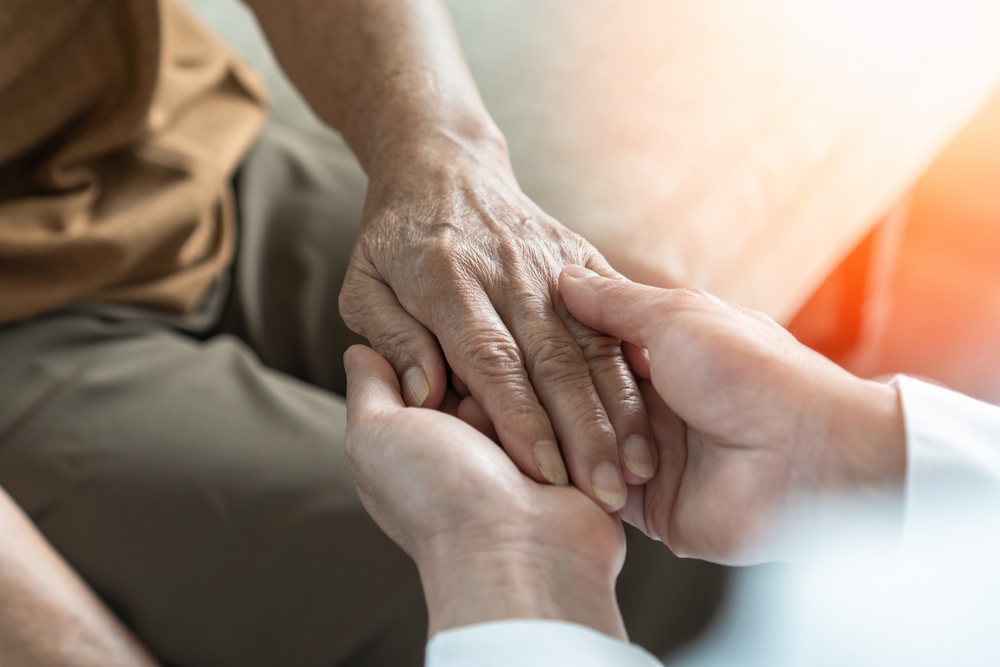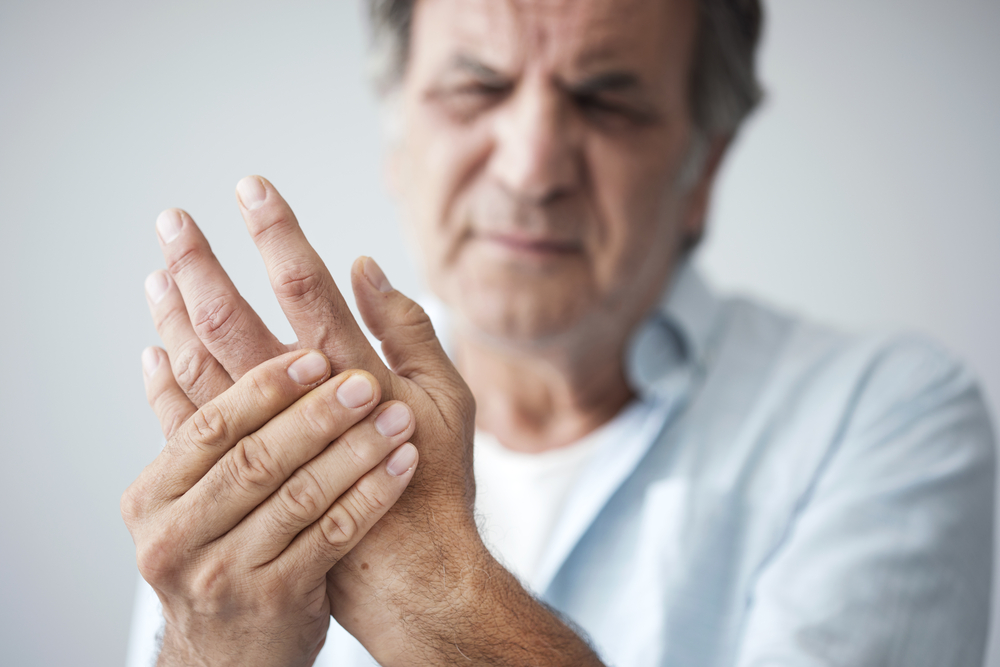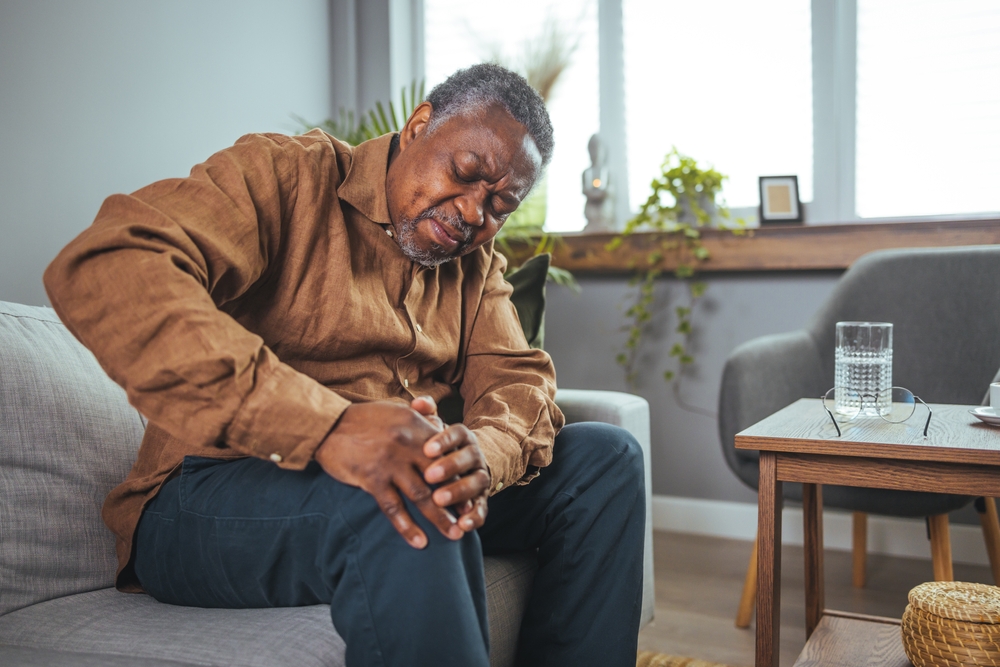Treatment for Spinal Stenosis in Elderly Adults: Know Your Options
Category:

What is Spinal Stenosis?
Spinal Stenosis occurs when the spaces in the spine narrow or become compressed. Although anyone can get degenerative spinal stenosis, the condition usually occurs in people over the age of 50.
Degenerative stenosis, or degenerative narrowing of the spine occurs gradually over time and the condition often goes undetected until symptoms appear.
Symptoms can affect both the lower back and the neck.
What are the Symptoms of Spinal Stenosis?
- Pain in your lower back.
- Tingling, numbness or cramping in the legs and feet. These symptoms may be worse when standing for a long period or walking.
- Sharp burning pain that radiates to the buttocks and down the leg.
- Extreme weakness in the feet and legs.
- Loss of bladder or bowel control (in extreme cases).
Symptoms of Spinal Stenosis in the Neck:
- Pain, tightness or aching in the neck.
- Tingling, numbness or burning that radiates down the arm and into the hands and fingers.
- Weakness or a heavy feeling in the arm or hand.
Degenerative lumbar stenosis symptoms (pain in the lower back) can sometimes be relieved by sitting or flexing the neck or lower back. Stretching opens the spinal column and expands the spaces between the compressed vertebrae.
What Causes Degenerative Lumbar Spinal Stenosis?
- Age related changes are the most common reason for the onset of spinal stenosis, both in the neck and the lower back. The changes happen slowly as people get older and normal alignment of the spine changes.
- Supportive ligaments that keep the vertebrae in place begin to thicken or harden as the result of calcium deposits. Bones may enlarge or develop bone spurs which cause displacement of the spinal column.
- A bulging disc can cause pressure on a nerve or on the spinal cord, causing deformity in the alignment of the spine.
- Arthritis and osteoarthritis can also affect the spine.
- Tumors, fractures, or other medical conditions can lead to spinal stenosis over time.
Download Our Relieving Arthritis Pain Guide
What are Some Treatments for Spinal Stenosis in Elderly People?
- A conservative approach to treatment should be the first course of action in treating spinal stenosis in the elderly. Symptoms can often be relieved with the use of anti-inflammatory medications or decreasing activity that intensifies or aggravates the condition.
- Physical therapy and strengthening exercises are helpful and can provide comfort and relief of pain in many cases.
- Heat/Ice therapy, massage therapy and topical preparations can provide relief of discomfort in some cases.
- These conservative approaches should be applied for at least twelve to determine if they are effective.
- If improvement does not occur, epidural steroid injections can be administered, however they are not successful in all cases.
- Surgical intervention is usually not considered until all other options have been attempted without success or at least some relief of symptoms.
Pain Management for Spinal Stenosis in Elderly Patients:
- When conservative measures for the pain associated with spinal stenosis fail to provide relief, both over- the- counter and prescription medications can be used as directed by your health care provider.
- NASAID’s such as aspirin, naproxen (Aleve) or ibuprofen (Advil, Motrin) can reduce inflammation and pain.
- Analgesics such as acetaminophen (Tylenol) will help control pain, but not inflammation.
- Anti-seizure drugs are sometimes prescribed to alleviate pain that may be caused by damaged nerves.
- Some patients are prescribed certain anti-depressant drugs such as amitriptyline to relieve chronic pain.
- Injections containing corticosteroids or nerve blocks can be used in severe and chronic cases of spinal stenosis.
Keep in mind that all medications including injections can have side effects or adverse reactions.
It is important to work closely with your doctor to find the protocol that works best for you. Be sure to consult with your doctor before beginning a home treatment plan or before taking any medications, including those that do not require a prescription.
Subscribe
Date: 2023-02-14
Category:


